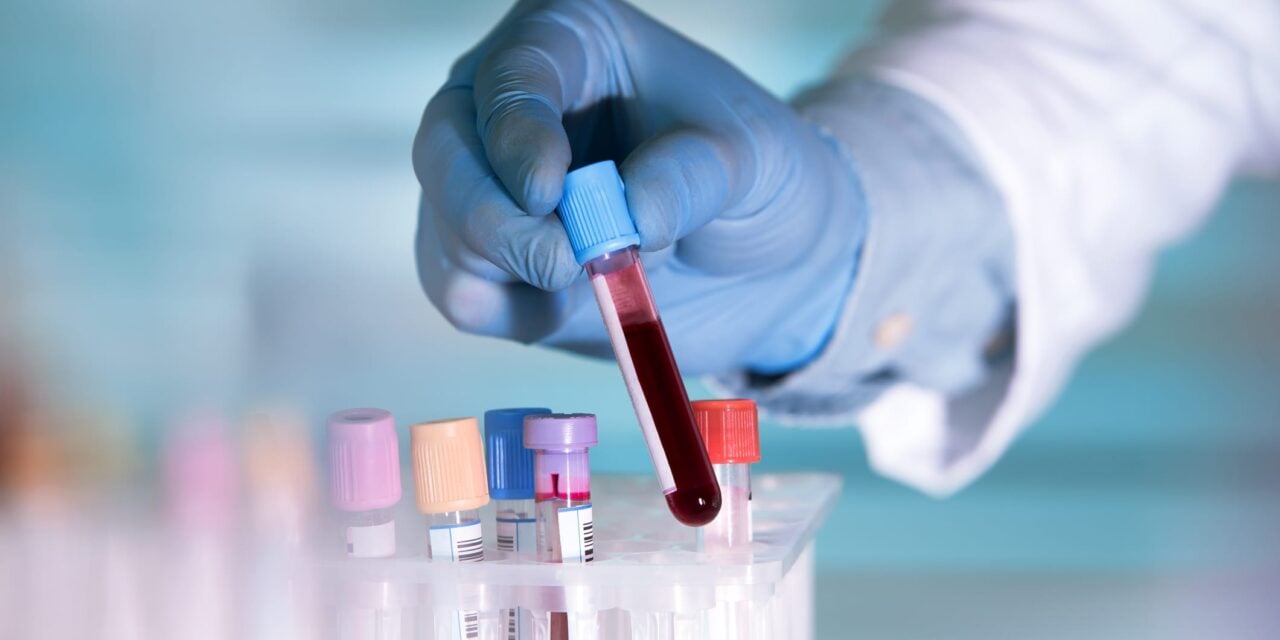A simulation model shows that annual liquid biopsy screening would increase early-stage cancer detection by up to 30% while cutting stage IV diagnoses by 45%.
A new simulation study suggests that routine multi-cancer early detection testing using liquid biopsies could substantially shift cancer diagnoses toward earlier stages, when treatments are more effective and survival rates are higher.
The research, published in CANCER, a peer-reviewed journal of the American Cancer Society, used epidemiological data to model the impact of annual blood-based screening for 14 cancer types over 10 years in 5 million US adults aged 50-84.
The model estimated that supplemental multi-cancer early detection testing would lead to a 10% increase in stage I diagnoses, a 20% increase in stage II diagnoses, a 30% increase in stage III diagnoses, and a 45% decrease in stage IV diagnoses, compared with standard care alone.
“Our analysis shows that multi-cancer blood tests could be a game changer for cancer control,” says Jagpreet Chhatwal, PhD, the study’s lead author and director of the Institute for Technology Assessment at Massachusetts General Hospital and Harvard Medical School, in a release. “By detecting cancers earlier—before they spread—these tests could potentially improve survival and reduce the personal and economic burden of cancer.”
Addressing a Critical Gap in Cancer Screening
Currently, routine screening is only recommended for four types of cancer, leaving approximately 70% of new cancer cases to be detected only after symptoms appear, often at an advanced stage when survival rates are lower. Multi-cancer early detection tests offer an approach to screen for multiple cancer types simultaneously from a single blood draw.
The researchers used data from the Surveillance, Epidemiology, and End Results database to develop their simulation model, focusing on 14 cancer types that account for nearly 80% of cancer incidence and mortality. They evaluated the effects of incorporating an annual blood-based multi-cancer early detection test called Cancerguard into standard care.
Largest Impact on Common, Deadly Cancers
The model showed that the largest absolute reductions in stage IV diagnoses would occur in lung, colorectal, and pancreatic cancers. The largest relative reductions were projected for cervical, liver, and colorectal cancers.
The study’s microsimulation approach allowed researchers to track disease progression and estimate how earlier detection might change outcomes across different cancer types and patient populations.
The findings come as multiple companies are developing liquid biopsy tests designed to detect circulating tumor DNA, proteins, and other biomarkers associated with various cancer types. These tests aim to identify cancers before they become symptomatic or detectable through current screening methods.
The research was conducted by investigators from Massachusetts General Hospital, Harvard Medical School, and other institutions. The study was supported by various funding sources and represents part of ongoing efforts to evaluate the potential clinical and economic impact of emerging cancer detection technologies.
ID 73345087 © Angellodeco | Dreamstime.com



